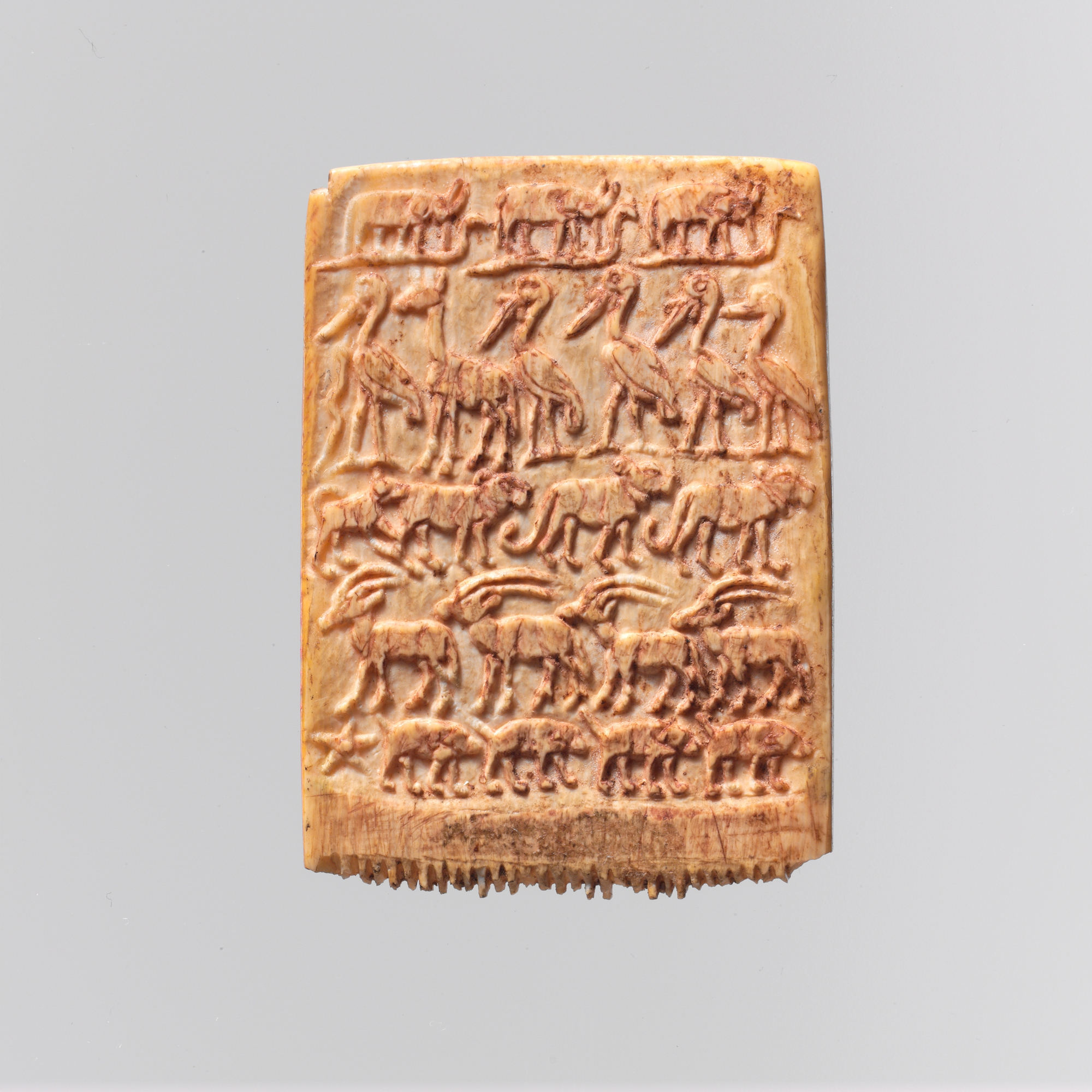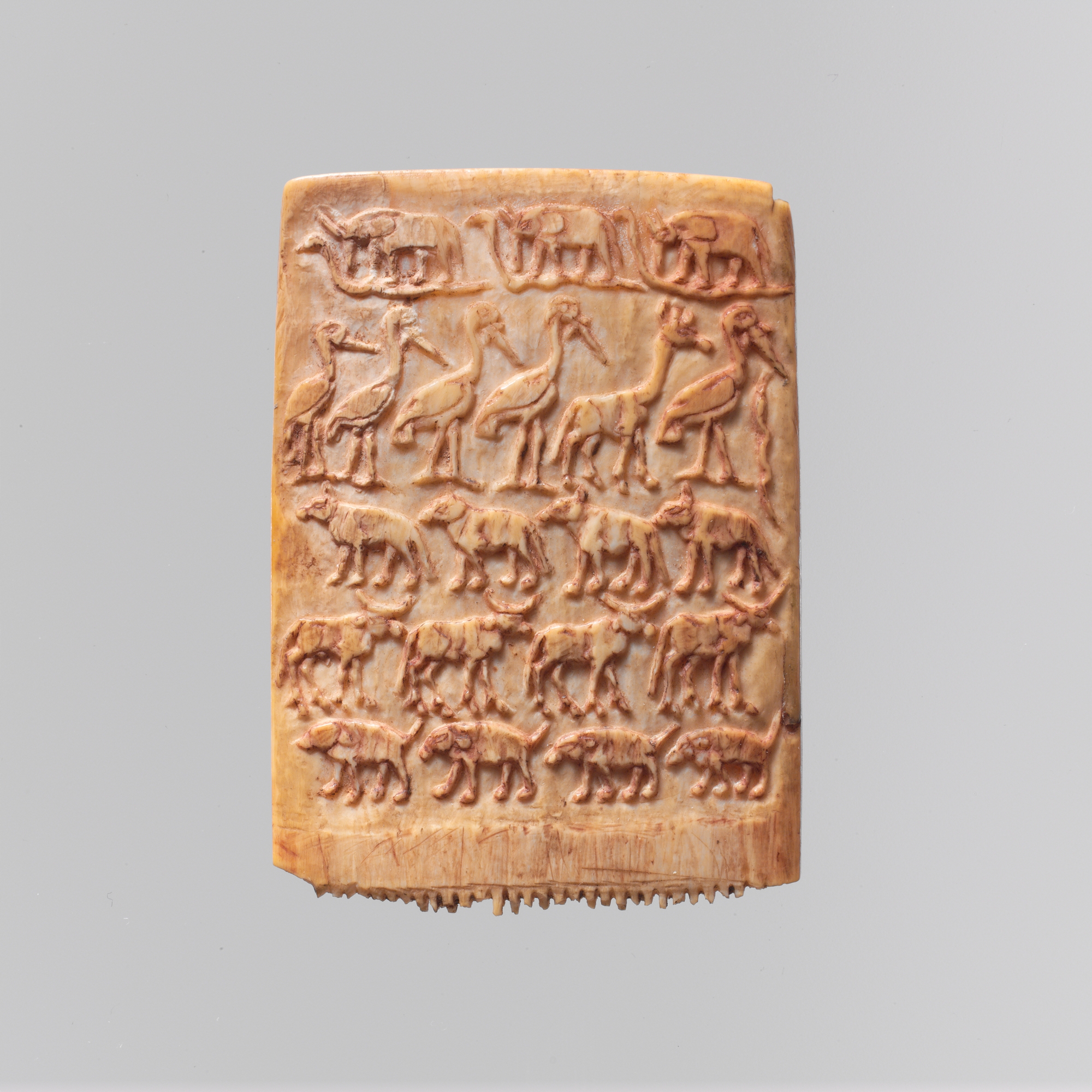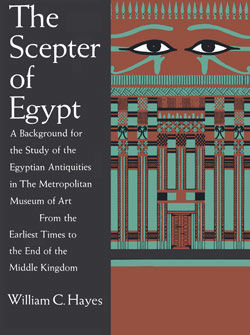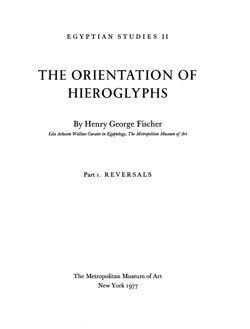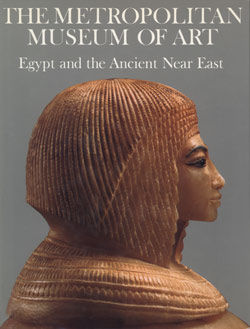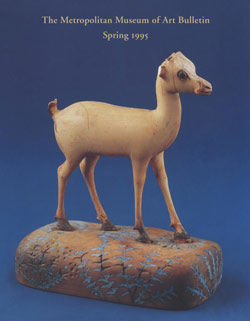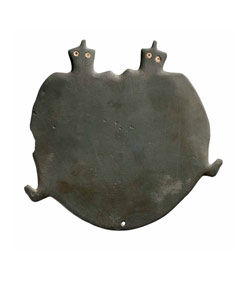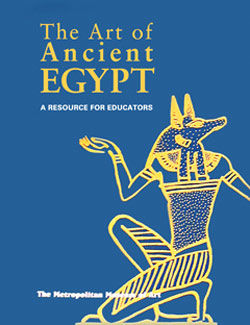Hair Comb Decorated with Rows of Wild Animals
Predynastic, Late Naqada III
Finely carved ivory combs and knife handles produced toward the end of Egypt's prehistory demonstrate the high standards Egyptian artists had achieved, even before the Old Kingdom. This comb may have been part of the funeral equipment of an elite person who lived about 5,200 years ago. Parts of the comb's teeth, now missing, can be seen along the bottom edge. The detailed decoration suggests that it was a ceremonial object, not just an instrument for arranging the hair. On both sides are figures of animals in horizontal rows, a spatial organization familiar from later Egyptian art. The animals include elephants and snakes; wading birds and a giraffe; hyenas; cattle; and perhaps boars. Similar arrangements of these creatures on other carved ivory implements suggest that the arrangement and choice of animals were not haphazard. Elephants treading on snakes suggest that this part of the scene was symbolic. The mythologies of many African peoples associate elephants and serpents with the creation of the universe. The uppermost row of this comb may symbolize a creative deity to whom the rest of the animals owe their existence.
#3215. Ivory Comb and Ceremonial Palette
-
3215. Ivory Comb and Ceremonial Palette
-
3693. Ivory Comb and Ceremonial Palette
Playlist
Due to rights restrictions, this image cannot be enlarged, viewed at full screen, or downloaded.
This artwork is meant to be viewed from right to left. Scroll left to view more.



